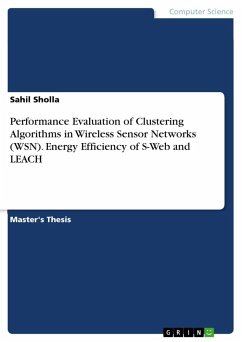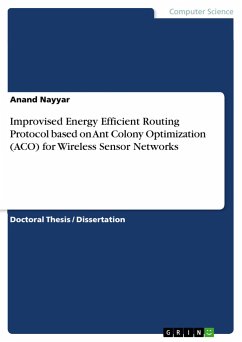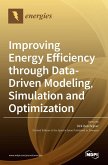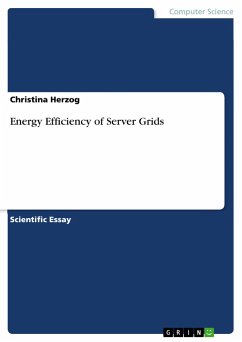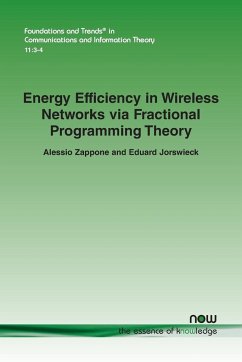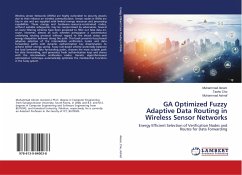Master's Thesis from the year 2013 in the subject Computer Science - Miscellaneous, grade: -, , course: Master of Technology, language: English, abstract: Wireless Sensor Networks (WSNs) are highly integrated technologies applying sensors, microcontrollers and wireless networks technologies. Wireless sensor networks (WSNs) is a promising technology that has a large spectrum of applications such as, battlefield reconnaissance, border protection and security surveillance, preparing forecasts, severe environment detection, volcano monitoring, disaster management. WSNs operate unattended in harsh environments with limited energy supplies that can't be practically changed or recharged. Thus energy efficiency is a critical design issue which must be addressed. Clustering plays an effective role in judicious use of dwindling energy resources of the deployed sensor nodes. Nodes are grouped into clusters and a specific designated node, called the cluster head is responsible for collecting data from the nodes in its cluster, aggregating them and sending to the BS, where data can be retrieved later. Besides energy efficiency, clustering has many other advantages like reduced routing overhead, conservation of communication bandwidth, stabilized network topology, network stability etc In this research, we study the energy efficiency of two clustering algorithms, S-Web and LEACH and compare them for network lifetime. Simulation results show that the S-Web clustering mechanism achieves a noticeable improvement in the network lifetime.
Bitte wählen Sie Ihr Anliegen aus.
Rechnungen
Retourenschein anfordern
Bestellstatus
Storno

